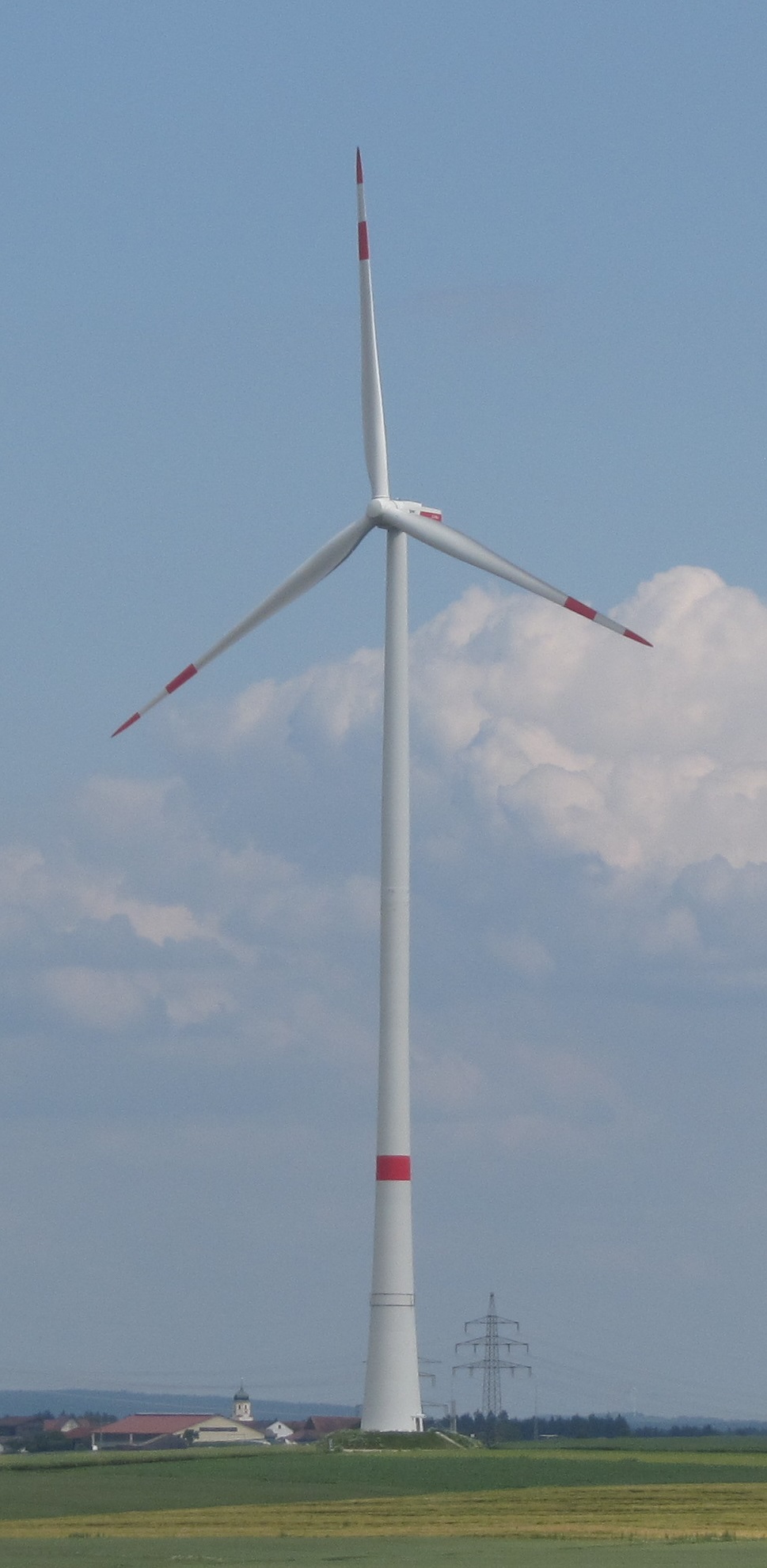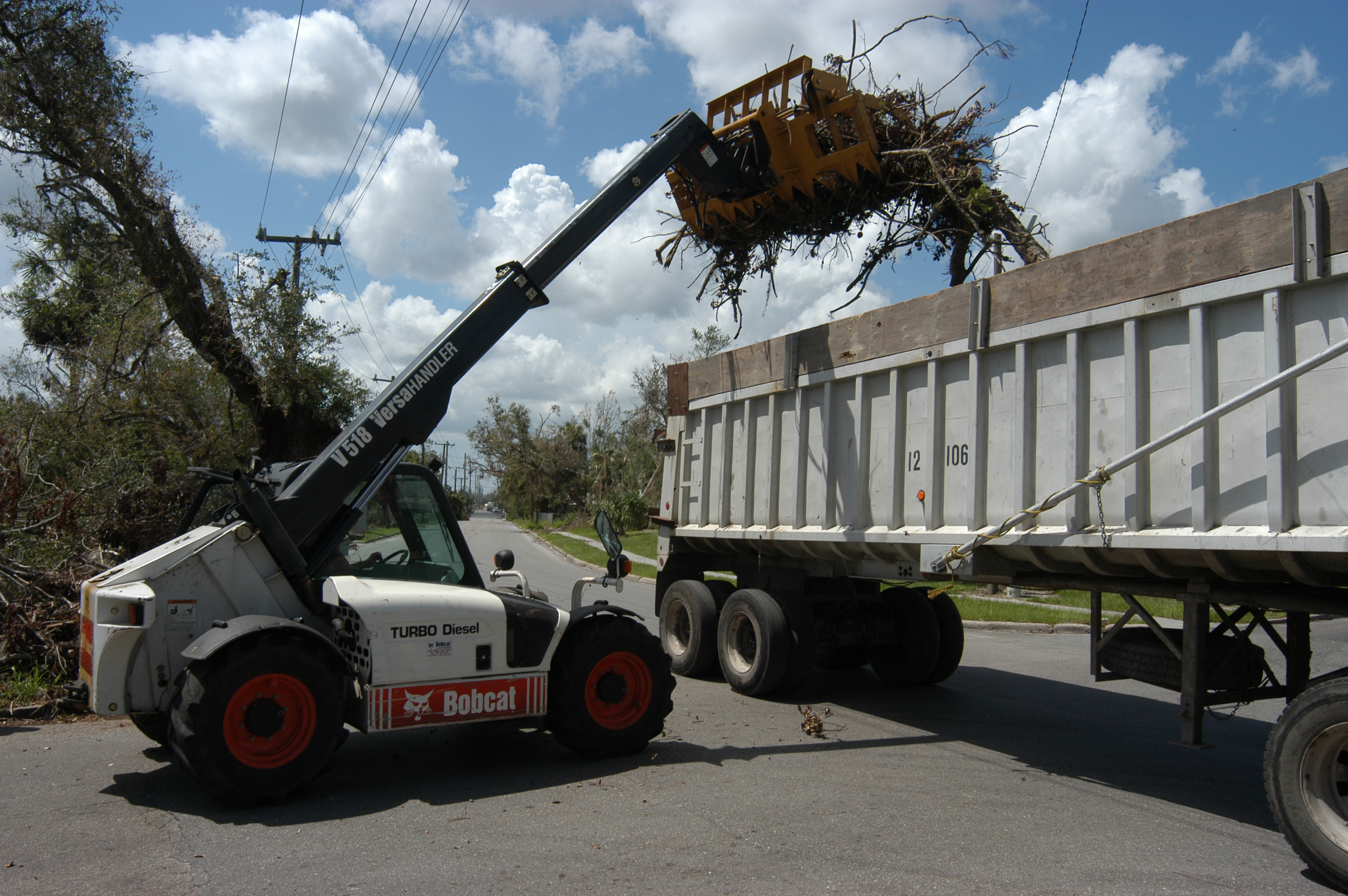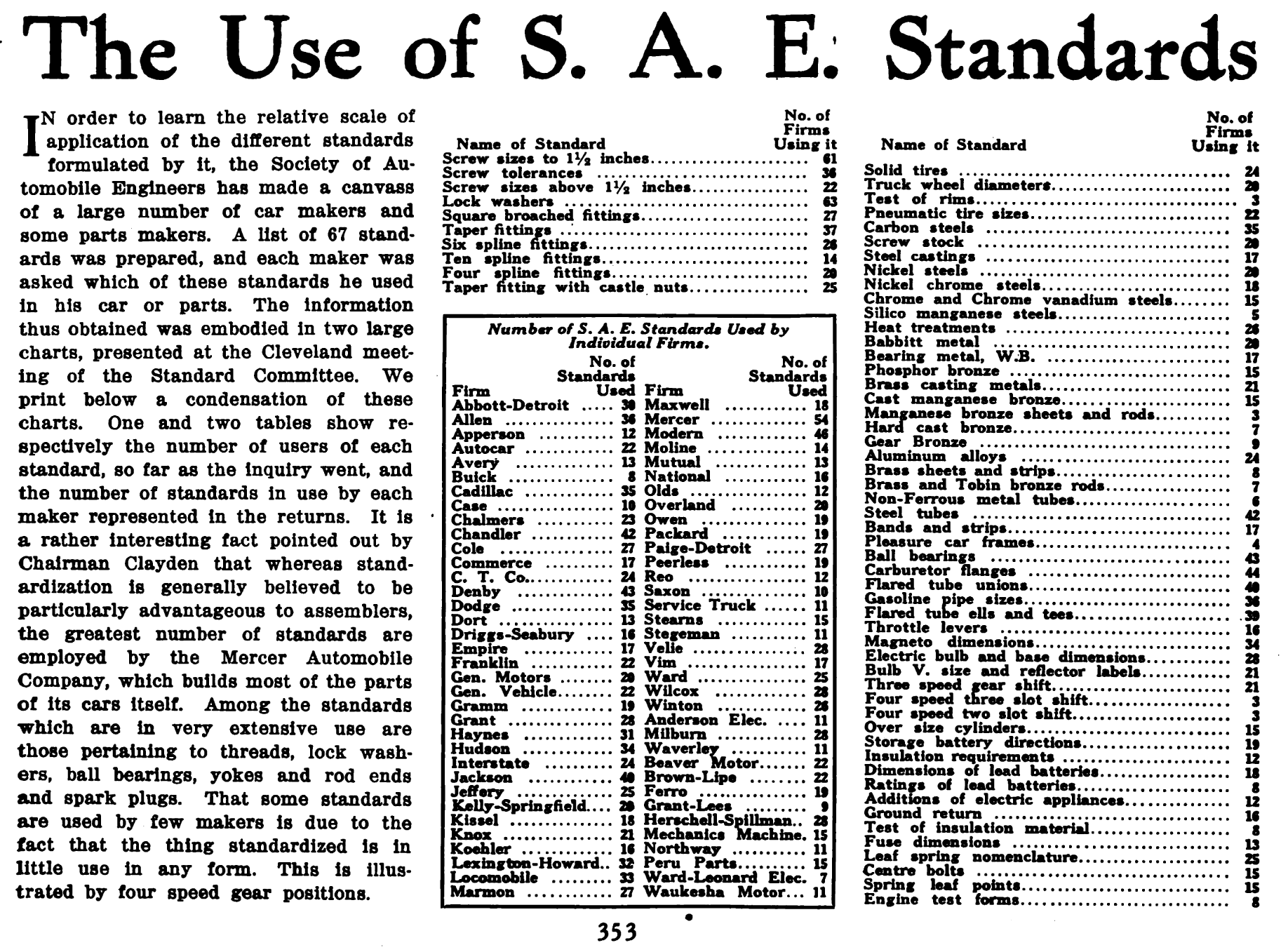|
Slewing Drive
The slewing drive is a gearbox that can safely hold radial and axial loads without brakes, as well as transmit a torque for rotating. The rotation can be in a single axis, or in multiple axes together. Slewing drives are made by manufacturing gearing, bearings, seals, housing, motor and other auxiliary components and assembling them into a finished gearbox. History The slewing drive is a modernized take on the worm drive mechanism, which dates back many centuries and was widely used during the Renaissance Era. Pappus of Alexandria (3rd century AD), a Greek mathematician, is credited with an early version of the endless screw, which would later evolve into the worm drive. This mechanism was also used by Leonardo da Vinci as a component in many of his designs for machines. It can also be found in the notebooks of Francesco di Giorgio of Siena. Many slewing drive concepts found prominence with the emergence of larger scale construction and engineering in the height of the Greek an ... [...More Info...] [...Related Items...] OR: [Wikipedia] [Google] [Baidu] |
Gearbox
A transmission (also called a gearbox) is a mechanical device invented by Louis Renault (who founded Renault) which uses a gear set—two or more gears working together—to change the speed, direction of rotation, or torque multiplication/reduction in a machine. Transmissions can have a single fixed-gear ratio, multiple distinct gear ratios, or continuously variable ratios. Variable-ratio transmissions are used in all sorts of machinery, especially vehicles. Applications Early uses Early transmissions included the right-angle drives and other gearing in windmills, horse-powered devices, and steam-powered devices. Applications of these devices included pumps, mills and hoists. Bicycles Bicycles traditionally have used hub gear or Derailleur gear transmissions, but there are other more recent design innovations. Automobiles Since the torque and power output of an internal combustion engine (ICE) varies with its rpm, automobiles powered by ICEs require multiple ... [...More Info...] [...Related Items...] OR: [Wikipedia] [Google] [Baidu] |
Worm Gear
A worm drive is a gear train, gear arrangement in which a worm (which is a gear in the form of a Screw thread, screw) meshes with a worm wheel (which is similar in appearance to a spur gear). Its main purpose is to translate the motion of two perpendicular axes or to translate circular motion to linear motion (example: band type hose clamp).The two machine element, elements are also called the worm screw and worm gear. The terminology is often confused by imprecise use of the term ''worm gear'' to refer to the worm, the worm wheel, or the worm drive as a unit. The worm drive or "endless screw" was invented by either Archytas of Tarentum, Apollonius of Perga, or Archimedes, the last one being the most probable author.Witold Rybczynski, ''One Good Turn (Rybczynski book), One good turn : a natural history of the screwdriver and the screw''. London, 2000. Page 139. The worm drive later appeared in the Indian subcontinent, for use in roller cotton gins, during the Delhi Sultanate in ... [...More Info...] [...Related Items...] OR: [Wikipedia] [Google] [Baidu] |
Wind Turbine Design
Wind turbine design is the process of defining the form and configuration of a wind turbine to extract energy from the wind. An installation consists of the systems needed to capture the wind's energy, point the turbine into the wind, convert mechanical rotation into electrical power, and other systems to start, stop, and control the turbine. In 1919, German physicist Albert Betz showed that for a hypothetical ideal wind-energy extraction machine, the fundamental laws of conservation of mass and energy allowed no more than 16/27 (59.3%) of the wind's kinetic energy to be captured. This Betz' law limit can be approached by modern turbine designs which reach 70 to 80% of this theoretical limit. In addition to the blades, design of a complete wind power system must also address the hub, controls, generator, supporting structure and foundation. Turbines must also be integrated into power grids. Aerodynamics Blade shape and dimension are determined by the aerodynamic perfo ... [...More Info...] [...Related Items...] OR: [Wikipedia] [Google] [Baidu] |
Telescopic Handler
A telescopic handler, also called a telehandler, teleporter, reach forklift, or zoom boom, is a machine widely used in agriculture and industry. It is somewhat like a forklift but has a boom (telescopic cylinder), making it more a crane than a forklift, with the increased versatility of a single telescopic boom that can extend forwards and upwards from the vehicle. The boom can be fitted with different attachments, such as a bucket, pallet forks, muck grab, or winch. History The first telescopic handler was believed to have been manufactured by French company Sambron in 1957. In 1971, Liner Construction Equipment of Hull launched the Giraffe 4WD, 4WS telehandler based on a design by Matbro who created a similar machine based on their articulated forestry machines. JCB launched their 2WD, rear steer Loadall in October 1977. The JCB 520 was originally aimed at construction sites, the potential for agricultural uses soon followed. JCB sold 100,000 units by Uses In industry, t ... [...More Info...] [...Related Items...] OR: [Wikipedia] [Google] [Baidu] |
Solar Tracker
A solar tracker is a device that orients a payload toward the Sun. Payloads are usually solar panels, parabolic troughs, Compact linear Fresnel reflector, Fresnel reflectors, lens (optics), lenses, or the mirrors of a heliostat. For flat-panel photovoltaic systems, trackers are used to minimize the angle of incidence (optics), angle of incidence between the incoming sunlight and a photovoltaic panel, sometimes known as the cosine error. Reducing this angle increases the amount of energy produced from a fixed amount of installed power-generating capacity. In standard photovoltaic applications, it was predicted in 2008–2009 that trackers could be used in at least 85% of commercial installations greater than one megawatt from 2009 to 2012. As the pricing, reliability, and performance of single-axis trackers have improved, the systems have been installed in an increasing percentage of utility-scale projects. According to data from WoodMackenzie/GTM Research, global solar tracke ... [...More Info...] [...Related Items...] OR: [Wikipedia] [Google] [Baidu] |
Military Engineering Vehicle
A military engineering vehicle is a vehicle built for construction work or for the transportation of combat engineering, combat engineers on the battlefield. These vehicles may be modified civilian equipment (such as the Armored bulldozer, armoured bulldozers that many nations field) or purpose-built military vehicles (such as the AVRE). The first appearance of such vehicles coincided with the appearance of the first tanks, these vehicles were modified Mark I tank, Mark V tanks for bridging and mine clearance. Modern ''military engineering vehicles'' are expected to fulfill numerous roles such as; bulldozer, crane (machine), crane, grader, excavator, dump truck, breaching vehicle, bridging vehicle, military ferry, amphibious crossing vehicle, and combat engineer section carrier. History World War One A Heavy RE tank was developed shortly after World War I by Major Giffard LeQuesne Martel RE. [...More Info...] [...Related Items...] OR: [Wikipedia] [Google] [Baidu] |
Cherry Picker
An aerial work platform (AWP), also an aerial device, aerial lift, boom lift, bucket truck, cherry picker, elevating work platform (EWP), mobile elevating work platform (MEWP), or scissor lift, is a mechanical device used to provide temporary access for people or equipment to inaccessible areas, usually at height. There are various distinct types of mechanized access platforms. They are generally used for temporary, flexible access purposes such as maintenance and construction work or by firefighters for emergency access, which distinguishes them from permanent access equipment such as elevators. They are designed to lift limited weights — usually less than a ton, although some have a higher safe working load (SWL) — distinguishing them from most types of cranes. They are usually capable of being set up and operated by a single person. Regardless of the task they are used for, aerial work platforms may provide additional features beyond transport and access, inc ... [...More Info...] [...Related Items...] OR: [Wikipedia] [Google] [Baidu] |
Forklift Truck
A forklift (also called industrial truck, lift truck, jitney, hi-lo, fork truck, fork hoist, and forklift truck) is a powered industrial truck used to lift and move materials over short distances. The forklift was developed in the early 20th century by various companies, including Clark, which made transmissions, and Yale & Towne Manufacturing, which made hoists. Since World War II, the development and use of the forklift truck has greatly expanded worldwide. Forklifts have become an indispensable piece of equipment in manufacturing and warehousing. In 2013, the top 20 manufacturers worldwide posted sales of $30.4 billion, with 944,405 machines sold. History Developments from the middle of the 19th century to the early 20th century led to today's modern forklifts. The forerunners of the modern forklift were manually powered hoists to lift loads. In 1906, the Pennsylvania Railroad introduced battery-powered platform trucks for moving luggage at their Altoona, Pennsylvan ... [...More Info...] [...Related Items...] OR: [Wikipedia] [Google] [Baidu] |
Hydraulic Machinery
Hydraulic machines use liquid fluid power to perform work. Heavy construction vehicles are a common example. In this type of machine, hydraulic fluid is pumped to various hydraulic motors and hydraulic cylinders throughout the machine and becomes pressurized according to the resistance present. The fluid is controlled directly or automatically by control valves and distributed through hoses, tubes, or pipes. Hydraulic systems, like pneumatic systems, are based on Pascal's law which states that any pressure applied to a fluid inside a closed system will transmit that pressure equally everywhere and in all directions. A hydraulic system uses an incompressible liquid as its fluid, rather than a compressible gas. The popularity of hydraulic machinery is due to the large amount of power that can be transferred through small tubes and flexible hoses, the high power density and a wide array of actuators that can make use of this power, and the huge multiplication of forces t ... [...More Info...] [...Related Items...] OR: [Wikipedia] [Google] [Baidu] |
Drilling Rig
A drilling rig is an integrated system that Drilling, drills wells, such as oil or water wells, or holes for piling and other construction purposes, into the earth's subsurface. Drilling rigs can be massive structures housing equipment used to drill water wells, oil wells, or natural gas extraction wells, or they can be small enough to be moved manually by one person and such are called auger (drill), augers. Drilling rigs can sample subsurface mineral deposits, test rock, soil and groundwater physical properties, and also can be used to install sub-surface fabrications, such as underground utilities, instrumentation, tunnels or wells. Drilling rigs can be mobile equipment mounted on trucks, tracks or trailers, or more permanent land or marine-based structures (such as oil platforms, commonly called 'offshore oil rigs' even if they don't contain a drilling rig). The term "rig" therefore generally refers to the complex equipment that is used to penetrate the surface of the Earth's ... [...More Info...] [...Related Items...] OR: [Wikipedia] [Google] [Baidu] |
Crane (machine)
A crane is a machine used to move materials both vertically and horizontally, utilizing a system of a boom, hoist, wire ropes or chains, and sheaves for lifting and relocating heavy objects within the swing of its boom. The device uses one or more simple machines, such as the lever and pulley, to create mechanical advantage to do its work. Cranes are commonly employed in transportation for the loading and unloading of freight, in construction for the movement of materials, and in manufacturing for the assembling of heavy equipment. The first known crane machine was the shaduf, a water-lifting device that was invented in ancient Mesopotamia (modern Iraq) and then appeared in ancient Egyptian technology. Construction cranes later appeared in ancient Greece, where they were powered by men or animals (such as donkeys), and used for the construction of buildings. Larger cranes were later developed in the Roman Empire, employing the use of human treadwheels, permitting the ... [...More Info...] [...Related Items...] OR: [Wikipedia] [Google] [Baidu] |
SAE International
SAE International is a global professional association and standards organization based in Warrendale, Pennsylvania, United States. Formerly the Society of Automotive Engineers, the organization adopted its current name in 2006 to reflect both its international membership and the increased scope of its activities beyond automotive engineering and the automotive industry to include aerospace and other transport industries, as well as commercial vehicles including autonomous vehicles such as self-driving cars, trucks, surface vessels, drones, and related technologies. SAE International has over 138,000 global members. Membership is granted to individuals, rather than companies. Aside from its standardization efforts, SAE International also devotes resources to projects and programs in STEM education, professional certification, and collegiate design competitions. History In the early 1900s there were dozens of automobile manufacturers in the United States, and many more w ... [...More Info...] [...Related Items...] OR: [Wikipedia] [Google] [Baidu] |








